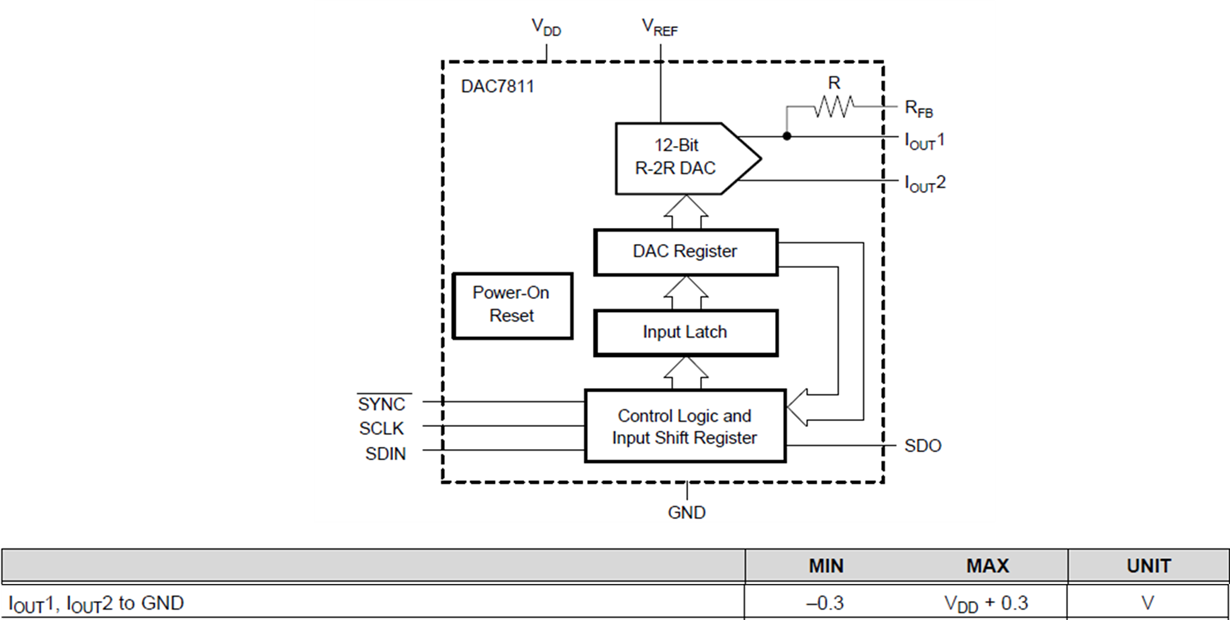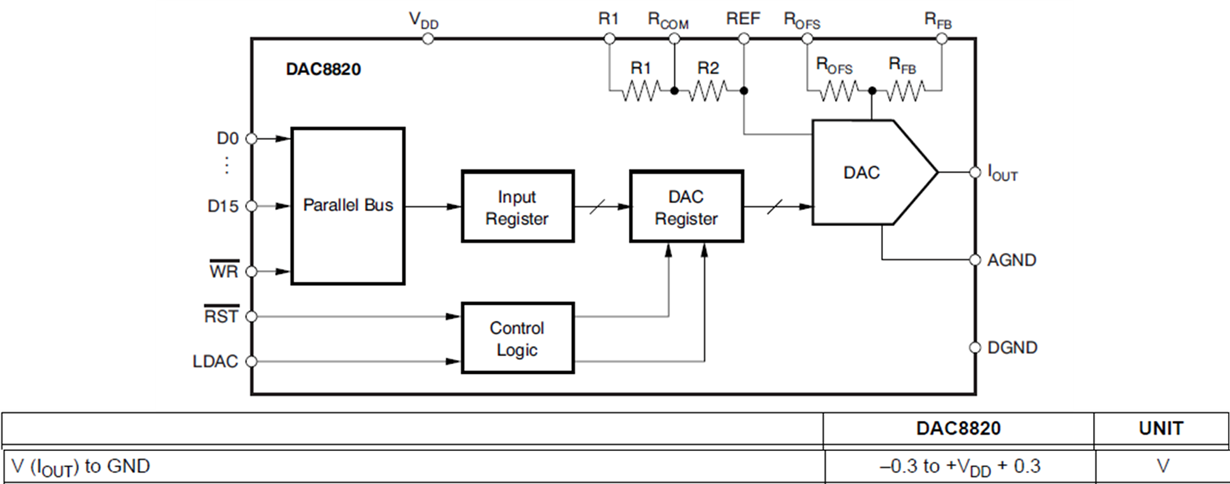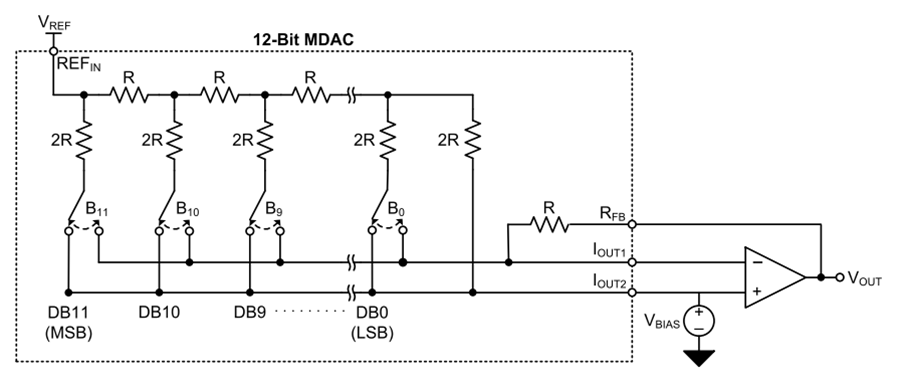Hi all,
I am looking for 16-bit version DAC which performance is like DAC8821 and which function is similar to AD5443 (12-bit multiplying DAC).
And I plan to use it like below circuit.
There is about 2V differences between Iout2 and Digital GND.
Could you tell me the recommended DAC?
Regards,
Toshi





